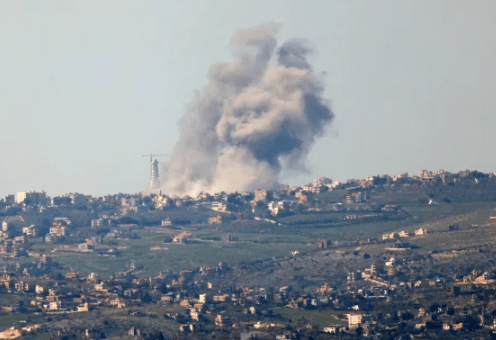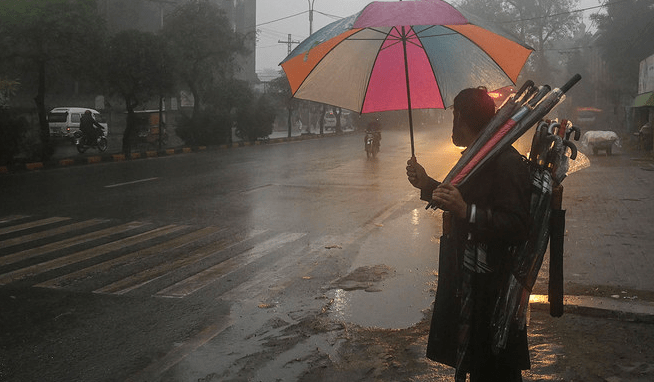Drought reveals ruins of 3,400-year-old city at bottom of reservoir

Much of Iraq has seen devastating drought conditions over the past year, leaving people and crops searching for water.
As a result the reservoir behind the Mosul dam, the country’s largest, has shrunk considerably and revealed areas of the lake-bed usually underwater. In one location, the drought uncovered the 3,400-year-old ruins of a city from around the time that Tutankhamun ruled Egypt.
A team of archaeologists believe it to be the remnants of a city from the Mittani Kingdom, which ruled what is now northern Iraq and Syria for a few hundred years during the Bronze Age.
Earlier this year, the team found evidence of a large city, including a storage complex, industrial building and fortifications. They also found pots containing cuneiform tablets – clay blocks with thousand-year-old writing on them.
It is thought that the city was destroyed by an earthquake around 1350 BCE which covered its mud walls and protected it from being dissolved in the water.
The Mittani Kingdom ruled from around 1500 BCE to 1300 BCE, experts say, around the northern edges of the Tigris and Euphrates rivers, until being destroyed by the rival kingdoms of the Hittites and Assyrians.
Drought conditions in 2018 had temporarily revealed a palace in this spot, which was later inundated by water, so the archaeology team had to work fast, according to a press release.
To protect the ruins from future inundation, the team filled in the site with gravel and covered it with tarps. The reservoir has now filled up, and the site is underwater again.
Pots holding cuneiform tablets discovered in the ruins (Universities of Freiburg and Tübingen, KAO)
Since the Mosul dam was first constructed in the 1980s, it has faced intermittent problems. Experts have previously warned about its stability – if it collapsed, it could send catastropic flooding down the Tigris River as far as Baghdad.
The US Army reported that a repair project was completed in 2019, though it needs continual maintenance. For a couple of months in 2014, the dam also fell under the control of Isis.
The Middle East is facing increasing pressure on water supplies for people, animals and agriculture as the climate crisis grows.
Much of the arid region is facing precarious water levels and uses up much of its available supply, according to the non-profit World Resources Institute.
Walls of the city revealed by drought conditions behind the Mosul dam (Universities of Freiburg and Tübingen, KAO)
A 2017 study from the World Bank found that the region could face up to a 14 per cent loss of GDP by 2050 due to climate-related water issues.
Northern Iraq isn’t the only place where the climate crisis has revealed long-buried secrets.
In the US Southwest, bodies from decades-old crimes, possibly linked to Las Vegas mobsters, have come to the surface as drought shrinks Lake Mead.
Melting ice and permafrost in mountains and tundra around the world have revealed everything from frozen hikers to prehistoric animals and ancient artefacts.





